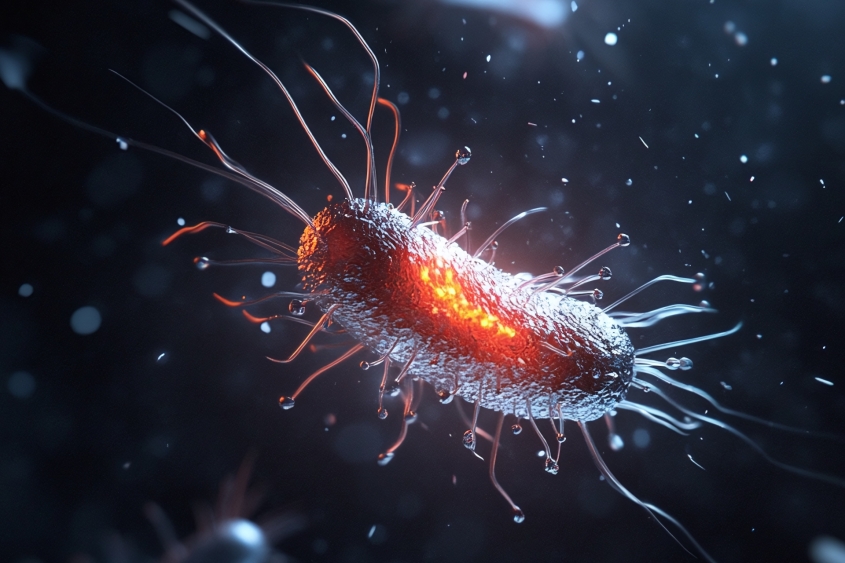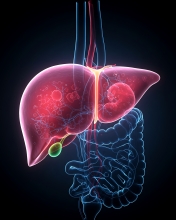Focus on typhoid toxin reveals new infection mechanisms and treatment possibilities
Researchers unveiled a new mechanism by which Salmonella Typhi, the bacteria responsible for typhoid fever, promotes its ability to cause disease.
Typhoid fever claims more than 150,000 deaths per year, mostly children. Transmitted through the consumption of contaminated food or water, Salmonella Typhi uses various mechanisms, or virulence factors, to infect and thrive in its hosts.
One of these factors is a family of molecules called AB toxins.
New research found that one lesser-known AB toxin, the PltC typhoid toxin, preferentially targets the liver and the gallbladder, and reduces bile production.
By reducing bile acids, which have natural anti-infection properties, the PltC toxin creates conditions for S. Typhi to thrive.
“What we are most excited about is that, with a single mutation in a part of the PltC toxin that binds to the liver and the gallbladder cells, we could significantly decrease the bacteria's ability to infect mice,” says Dr. Jeongmin Song, associate professor in the department of Microbiology and Immunology at the Cornell University College of Veterinary Medicine, who led the project.
With multidrug-resistant and extensively drug-resistant strains of S. Typhi that have emerged and spread globally, Song’s discovery opens new doors to find anti-virulence strategies against typhoid.
“Each step of the toxin’s transport and its harmful effects can be effective intervention points,” Song says.
This research was published on June 6 in the journal Science Advances. You can also find this story on Instagram and Bluesky.









